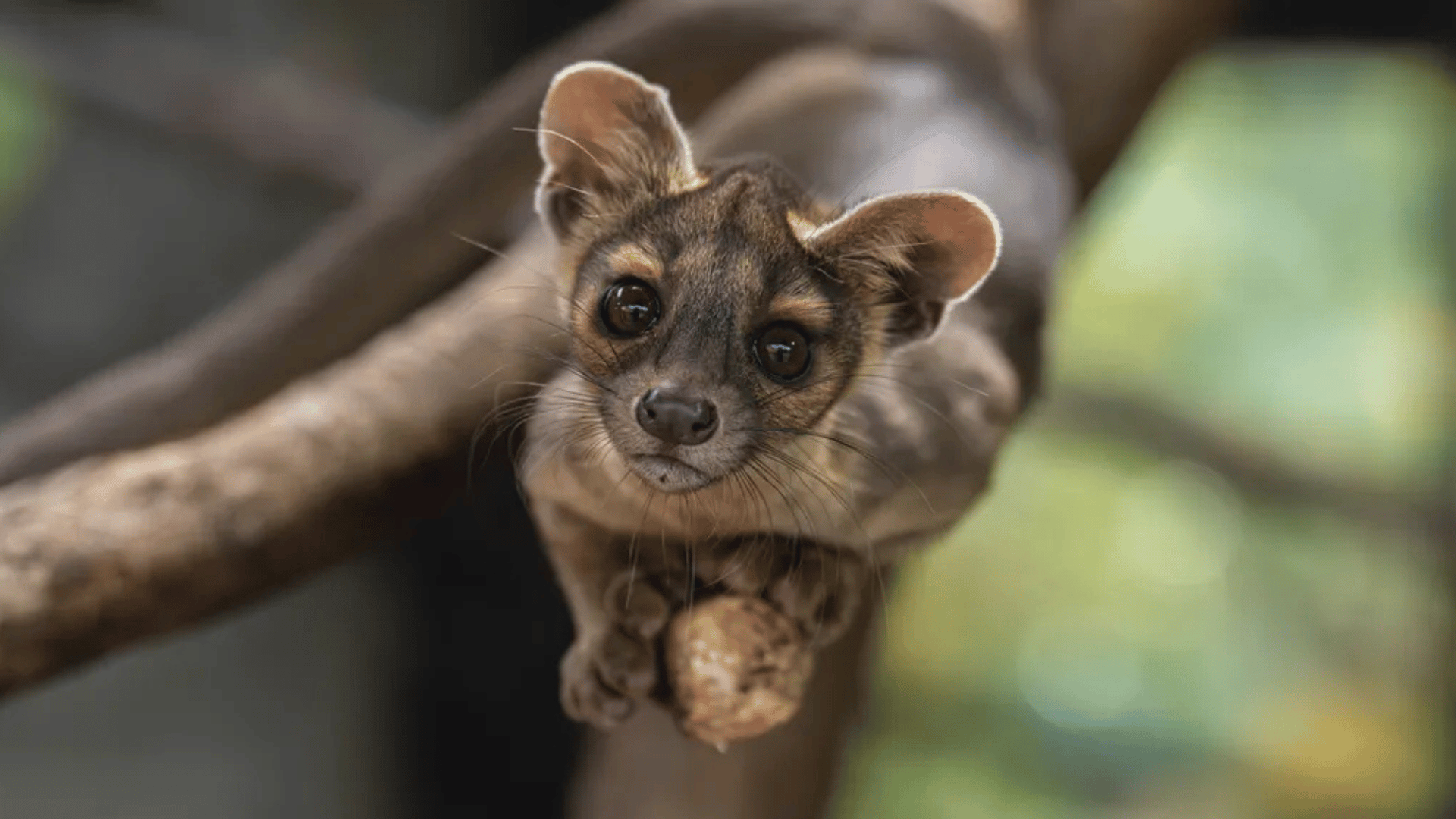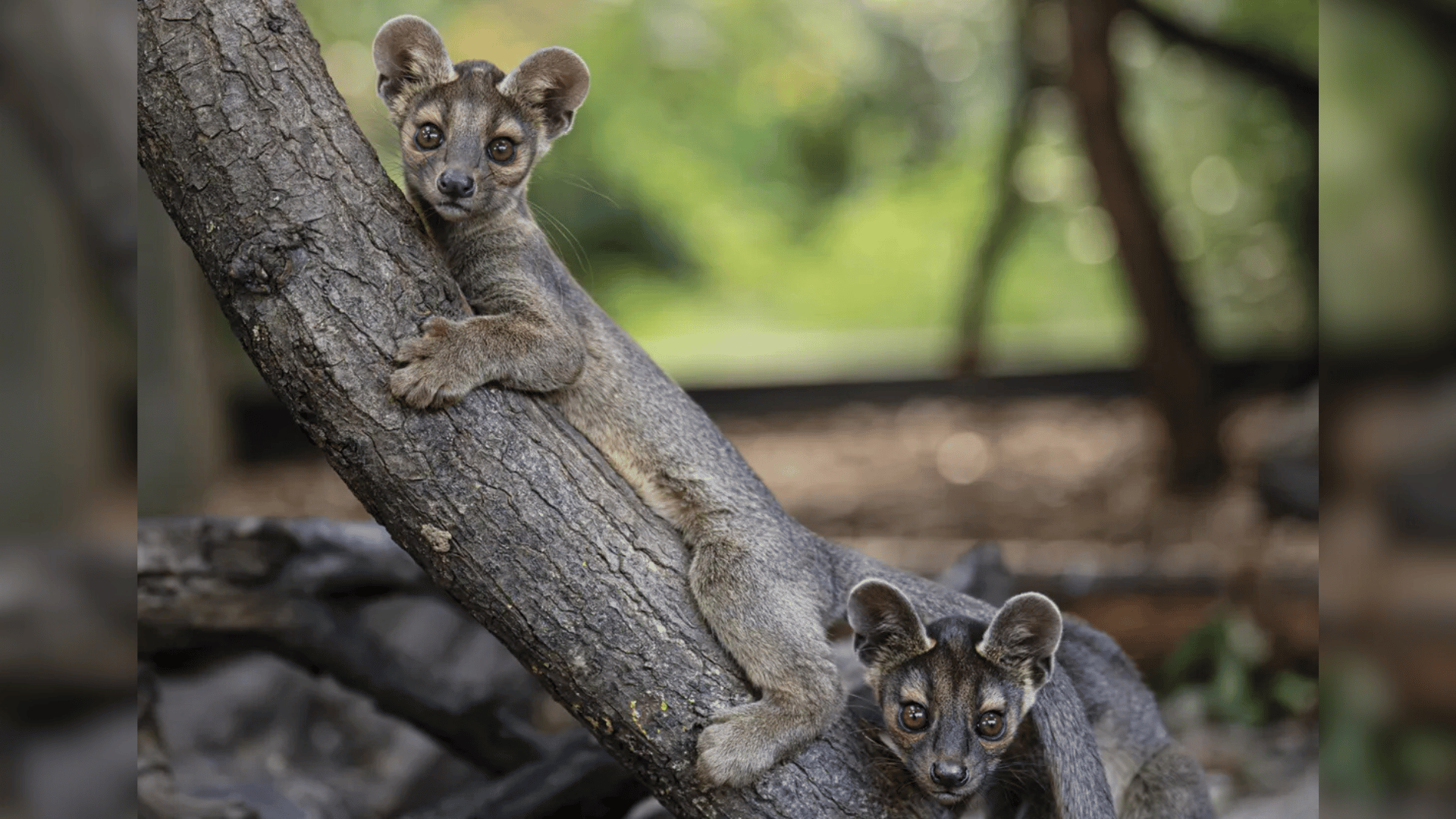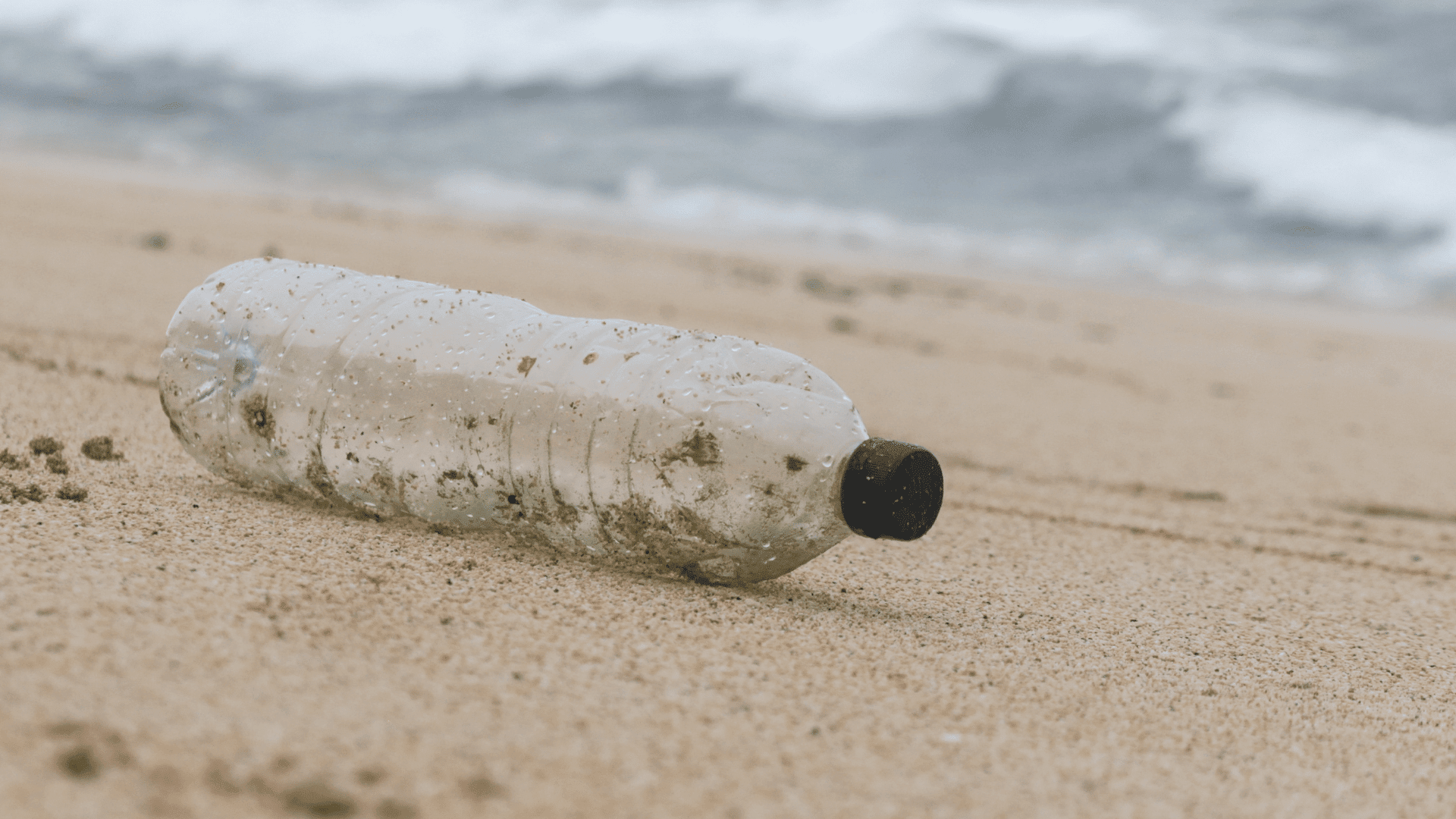A bundle of four fossa pups born at Chester Zoo in the UK have just left their mother’s den for the first time. The pups, two males and two females, are welcomed by parents Shala and Zaza. As the species are born small and blind, they aren’t ready to face the outside world for several months.
Fossa Pups Take First Steps

The fossa is the sole living member of its genus, found only on the island of Madagascar off the coast of East Africa. They measure 6 feet (1.8 meters) from their nose to the tip of their tail.
Though they look like they may be related to cats, they’re actually more closely related to mongooses. This is due to a concept known as convergent evolution, where unrelated animals develop similar traits in response to similar environmental pressures.
As Madagascar’s largest predator and the only predator capable of preying on the native lemur species, they play a critical role in keeping delicate ecosystems in balance. With the rise of deforestation and habitat destruction, however, the species is listed as “vulnerable” on the IUCN Red List, with just 2,600 or so individuals left in the wild.

“The fossa is one of the world’s most mysterious and least-known carnivores – they’re so secretive that even the most experienced conservationists can go years without catching a glimpse of them in the wild as they move silently through Madagascar’s forests,” Mark Brayshaw, Head of Mammals at Chester Zoo, said in a statement sent to IFLScience.
“These births are therefore incredibly special. Not only are they the only pups in the UK and vital new additions to a European breeding programme designed to safeguard the species from extinction, their arrival gives us a unique opportunity to learn more about their biology, behaviours and social dynamics. This insight helps us build a more complete picture of the species, which is then used to inform conservation efforts in the wild,” commented Brayshaw.







